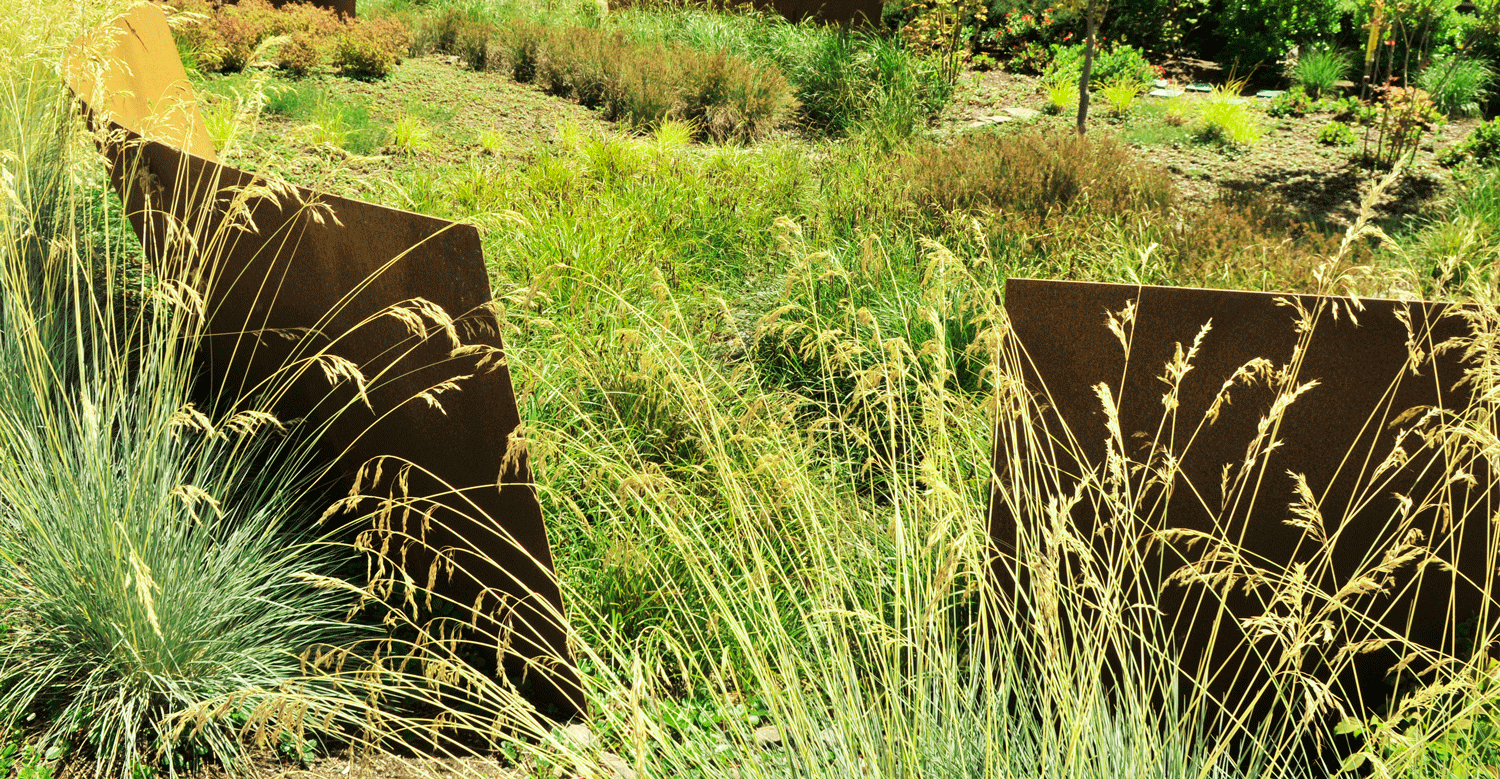The Confluence Project: Celilo Falls Site
/There is no more significant place that shaped the early culture of the Pacific Northwest than where the Columbia once thundered at Celilo Falls. It was one of North America's largest waterfalls and was a life-sustaining salmon fishery and gathering place for Native Americans over the course of 10,000 years. As a tribute to this lost place, the last of the Confluence Project sites was designed collaboratively by Maya Lin and GreenWorks.
About the Confluence Project
The Confluence Project is a series of seven public art installations at significant points along the Columbia River system. The project stretches 438 miles from the mouth of the Columbia River in the west to the gateway to Hell's Canyon in the east, with sites in both Oregon and Washington. Each references a passage from the Lewis and Clark journals, while comparing it with the deeper story of the local Native American Tribes that inhabited this region. Envisioning the river and its tributaries not just as singular points along the way but as a connected and integrated ecological system, it encompasses work in over 15,000 acres of state and federal land that is now being restored as an integral part of the project.
Collaborating with the artist Maya Lin, GreenWorks has provided landscape architectural services for the Confluence Project for the landmark development of six sites since 2001. GreenWorks led project teams for schematic design, design development, permitting, construction documentation, cost estimating and construction administration of the multiple sites. GreenWorks provided coordination with multiple federal, state, and local agencies and with the many of the tribes of this region, including the Chinook, Umatilla, and the Nez Perce tribes. Strong interpretive and education elements tell the story of Lewis and Clark, and also preserve the history and celebrate the cultural significance of the native tribes.


